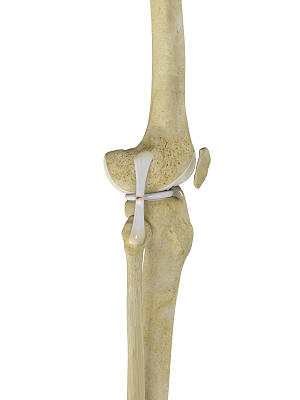
What is a Lateral Collateral Ligament?
The knee is the largest joint of the body and is stabilized by a set of ligaments. In the knee, there are four primary ligaments viz. anterior cruciate ligament (ACL), posterior cruciate ligament (PCL), medial collateral ligament (MCL) and lateral collateral ligament.
The lateral collateral ligament (LCL) is a thin set of tissues present on the outer side of the knee, connecting the thighbone (femur) to the fibula (bone of the lower leg). It provides stability as well as limits the sidewise rotation of the knee.
LCL Injuries
Tears or injury of the LCL may cause instability of the knee that can be either reconstructed or repaired to regain the strength and movement of the knee.
Causes of LCL Injuries
The lateral collateral ligament may tear due to trauma, sports injuries or a direct blow on the knee. A torn LCL may result in pain, swelling and even instability of the knee.
Diagnosis of LCL Injuries
LCL injuries and a torn LCL can be diagnosed through a physical examination and by employing imaging techniques such as X-rays or MRI scans.
Treatment of LCL Injuries
The treatment of a torn LCL may include non-surgical interventions such as rest, ice, elevation, bracing and physical therapy to help reduce swelling and regain activity, as well as strengthen and improve the flexibility of the knee.
Surgery is recommended if non-surgical interventions fail to provide much relief. Surgical interventions include repair and reconstruction of the torn ligament. In case the ligament is torn from the upper or lower ends of attachment, then repair of the LCL is done with sutures or staples. If the ligament is torn in the middle or if the injury is older than 3 weeks, LCL reconstruction is recommended.










